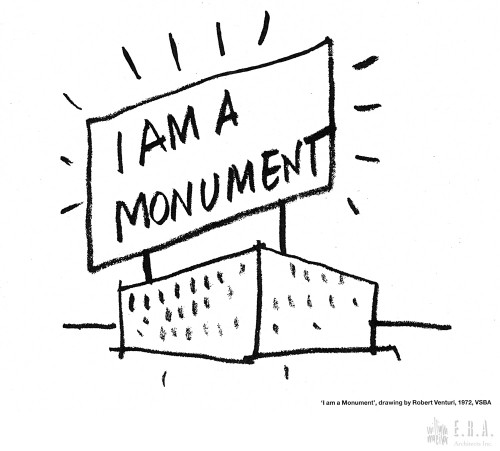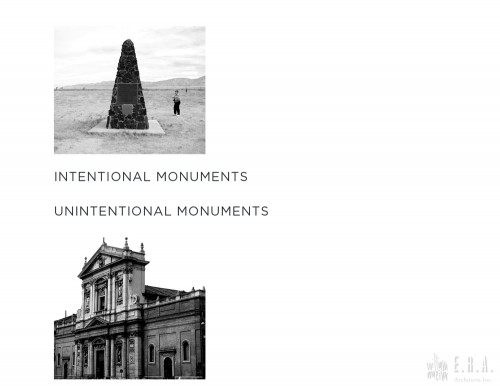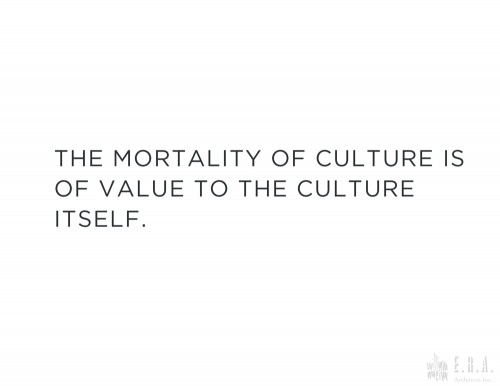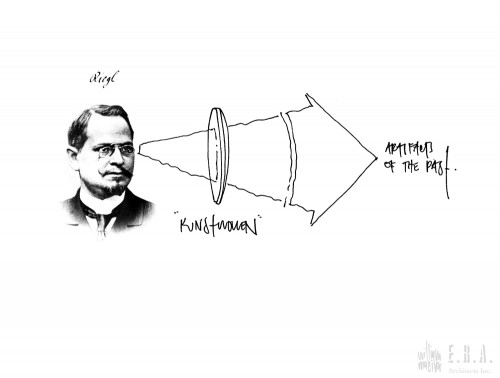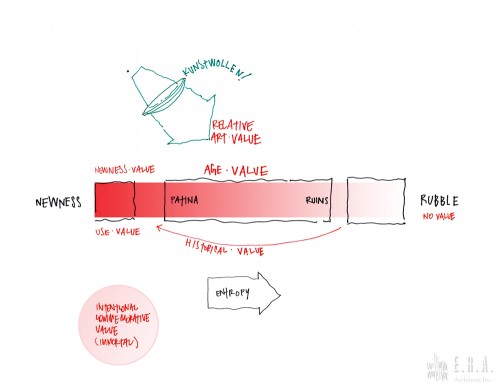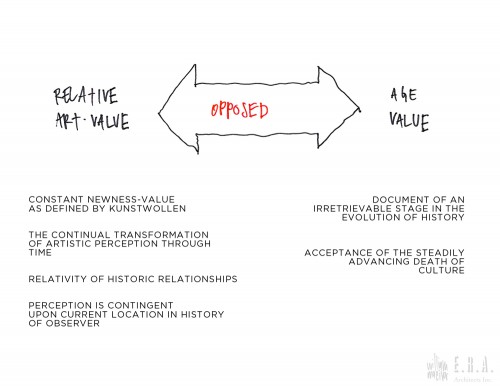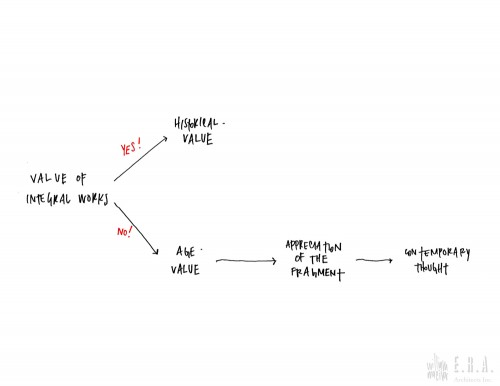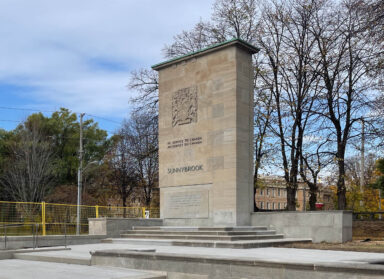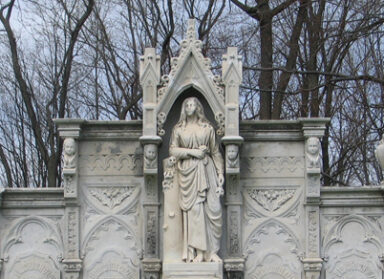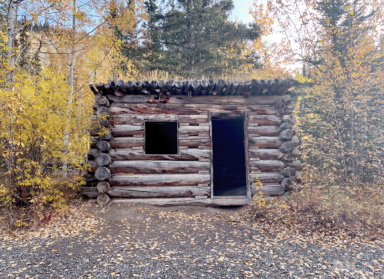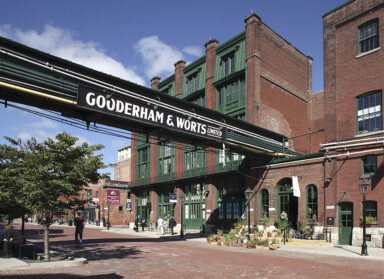Will and Michael teamed up to present a very brief introduction to the writings of Alois Riegl at Friday Social Hour this week.
Alois Riegl (1858-1905) was an Austrian art-historian and philosopher. In 1903 he published (in German) a seminal article titled The Modern Cult of the Monument: Its Character and Its Origin, outlining the competing values to be considered when approaching the preservation and/or conservation of historic structures. It is important to note that this article was only translated into English in 1982, in support of the criticism of the appropriation of historical forms and motifs in what has become known as the ‘postmodernist’ phase of architecture.
According to Riegl, there exist three kinds of monuments:
- Intentional monuments – Intentional commemorative value aims to preserve a moment in the consciousness of later generations
- Unintentional monuments (historical monuments) – The historical value of a monument arises from the particular, individual stage it represents in the development of human activity in a certain field.
- Age-value monuments – Age-value in a monument betrays itself at once in the monument’s dated appearance. Age-value makes explicit a sense of the life cycle of the artifact, and of culture as a whole.
Outwardly these three classes of monuments can be thought of as contained within one another, while the scope of their memory-value widens.
To the class of intentional monuments belong only those works which recall a specific moment or complex or complex of moments from the past.
The class of historical monuments is enlarged to include those which still refer to a particular moment, but the choice of that moment is left to our subjective preference.
Finally, Riegl argus that the category of monuments of age-value embraces every artifact without regard to its original significance and purpose, as long as it reveals the passage of a considerable period of time.
- Intentional monuments
All of antiquity and the Middle Ages knew only intentional monuments
- Unintentional monuments (historical monuments)
The nineteenth century not only dramatically increased appreciation of historical value, but it also sought to give it legal protection… This in turn gave rise to an unprecedented surge of art-historical research. According to nineteenth century views, there was something of the eternal canon in every type of art; therefore each artifact deserved both perpetual conservation for the benefit of our aesthetic satisfaction…
- Age-value monuments
Nineteenth century laws were all tailored to the notion that the unintentional monument possessed only a historical value: with the rise of age-value, however, these laws became inadequate.
The Relationship Between Present Day Values and the Cult of Monuments
a) Use-Value – The need to maintain buildings in use is as compelling a demand as is the counterclaim of respect for age-value wherein the monument would be abandoned to its natural fate: the latter could only be entertained if equivalent works came to replace all monuments retired from use.
b) Art-Value – modern art-value shares with that of earlier periods the notion that every work of art needs to be a discrete entity which reveals no decay of shape or color.
- Newness-value – Generally only new and whole things tend to be considered beautiful, and faded are thought to be ugly. Humans innately value youth over age. Newness-value has always been identified with art in the eyes of the masses, while relative art value can only be appreciated by the aesthetically educated modern person.
- Relative Art-value – Relative art-value offers the possibility of appreciating works of former generations as evidence not only of man’s creative struggle with nature, but also of his peculiar perception of shape and colour. There is no ideal, absolute notion of artistic value independent of the relationship to the current cultural conditions. Relative art-value is a result of the “Kunstwollen”, as described below.
_ Positive relative art-value appreciation will require ‘the preservation of the monument in its present state, and sometimes even ‘resturatio in integrum’
_ Negative relative art-value appreciation leads to demolition.
Riegl also developed the concept of the “Kunstwollen”, which may be loosely defined at the collective will-to-art. It is deeper than fashion, and refers to the shared, intrinsic societal belief structure as it is connected to artistic and cultural production. Note the similarity between the “Kunstwollen” and Freud’s idea of the collective unconscious, which was being developed about the same time.
Riegl argued that our view of history was forever shifting, since it is always filtered through the lens of the “Kunstwollen”, or our immediate cultural belief system, which is itself constantly shifting. As Kurt Forster describes:
The “Kunstwollen” of our epoch profoundly determines the perception of the past: there is no objective past … but only a continual refraction of the absent in the memory of the present.
Reigl argues that relative art-value (as filtered through the “Kunstwollen”) is inherently opposed to age-value. This may seem incongruous, but he argues that the relativity of historic relationships is forever prioritizing newness-value, as opposed to age-value which prioritizes the acceptance and celebration of the signs of age and decay.
Also of interest is how this classification of values treats the idea of the “whole”, or the integral work. Historical-value maintains that in order to be culturally meaningful a work must be returned to it’s absolute, original condition – a perfect, complete restoration. Age-value embraces the indications of decay and entropic effects of natural process of destruction. and argues for the protection and preservation of this patina, and the incomplete, fragmentary ruin which expresses the passage of time. This leads to an explicit recognition of the value of the fragment, which in turn became a fundamental construct of modern critical thought – as explored and expanded by Warberg, Benjamin, Adorno, etc. and through the collage-art of Picasso, and into multiple, shifting view-points of cubism, etc.
